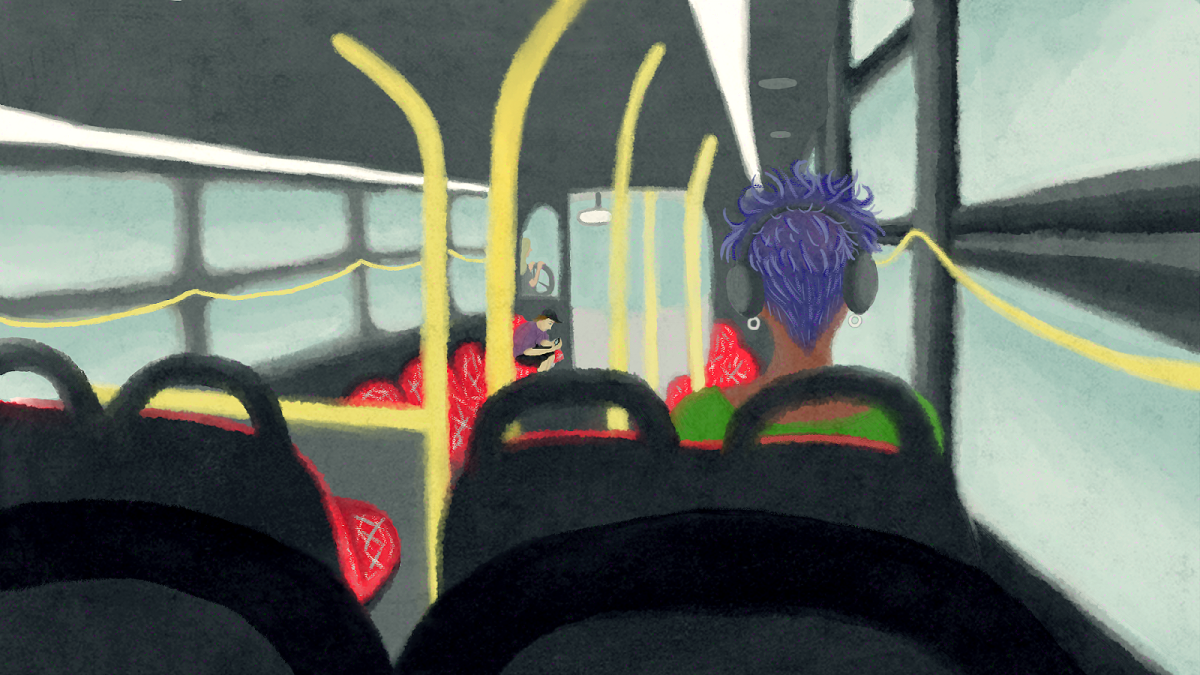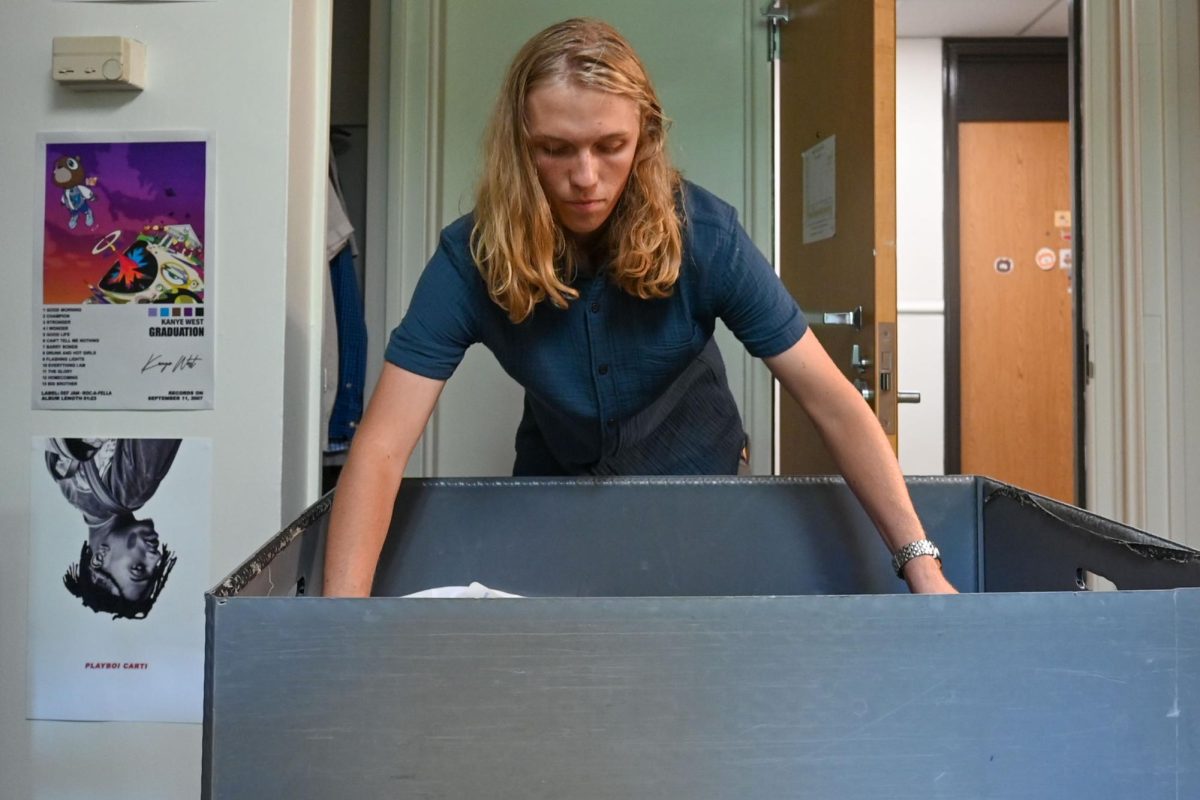In my last column, I offered some valuable advice that students can use to save money. By the end of that column, I had already saved you more than $490 over the course of a year. This column is part two and taking the advice in this column will bring your annual savings to over $650.
Remember when you were a kid and whenever you got birthday money, your parents made you “put it in the bank?” This was great advice … when you were eight. Your parents were trying to teach you an important lesson — the value of saving. The problem is that traditional savings accounts are not the best place to put your spare cash.
If you are like most people, whenever you have a little extra money that you want to save for a rainy day, you put your money in a savings account at your branch bank. Your money is safe there, but the interest rate the bank pays you is very low.
Traditional savings accounts pay very low interest rates, usually less than half a percent. On a $1,000 balance, that means earning only $5 a year in interest. People accept this low rate because they believe it is the only place their money will be safe. What people do not know is that it doesn’t matter which bank your money is with, as long as that bank is registered with the FDIC, your money is safe.
FDIC stands for the Federal Depository Insurance Corporation and is a government agency that insures your bank account up to $100,000.
Rather than letting your money sit in a savings account earning an extremely low interest rate, transfer your balance to a money-market account or an online savings account. Most branch banks offer money-market accounts, also insured by the FDIC, that pay an average interest rate of around five percent. Online banks, banks with no physical location, also offer high interest rates on their savings accounts. I recommend INGDirect.com. They have no minimum balance requirement and no fees.
If you earn 5 percent on your $1,000 balance, that comes out to $50 per year, with no additional risk, earning you an extra $45 per year.
OK, you’re at $535.
Another easy way to save money is by avoiding late fees. Your apartment complex charges you a fee (usually 5 percent of your rent) if your rent is late. Your credit card company charges you a fee (sometimes as much as $50) if they do not receive your payment on time. The easy solution to these fees is to just pay on time. But sometimes, we just forget.
If you forget and are hit with a late fee on your rent, good luck. Apartment managers will rarely drop late fees. Avoid future late fees by signing up for automatic payment. The leasing office will automatically deduct your rent monthly and you won’t have to worry about late fees.
If you are late on a credit card payment, the easiest way to get it dropped is simply to call the credit card company and ask them. Their industry is so competitive that they will usually drop your late fee and any penalties as long as you don’t make a habit of paying late. I had two late fees dropped last year simply by asking. If they refuse, tell them you want to speak to their manager or threaten to cancel the card. Avoiding one late rent payment and one late credit card payment a year will save you around $70.
Now you’re at $605.
If you carry a balance on your credit card, work to pay it off immediately. If this is not an option, call the credit card company and ask them to lower your interest rate. They are probably charging you around 15-20 percent on your balance, which is ridiculous. Many companies will lower your rate if you ask, sometimes by as much as five percent. On a $1,000 balance, that reduces the interest you are charged by $50 per year.
If you are keeping track, I just saved you $655. Feel free to thank me.
To personally thank Todd for saving you money, e-mail [email protected].




